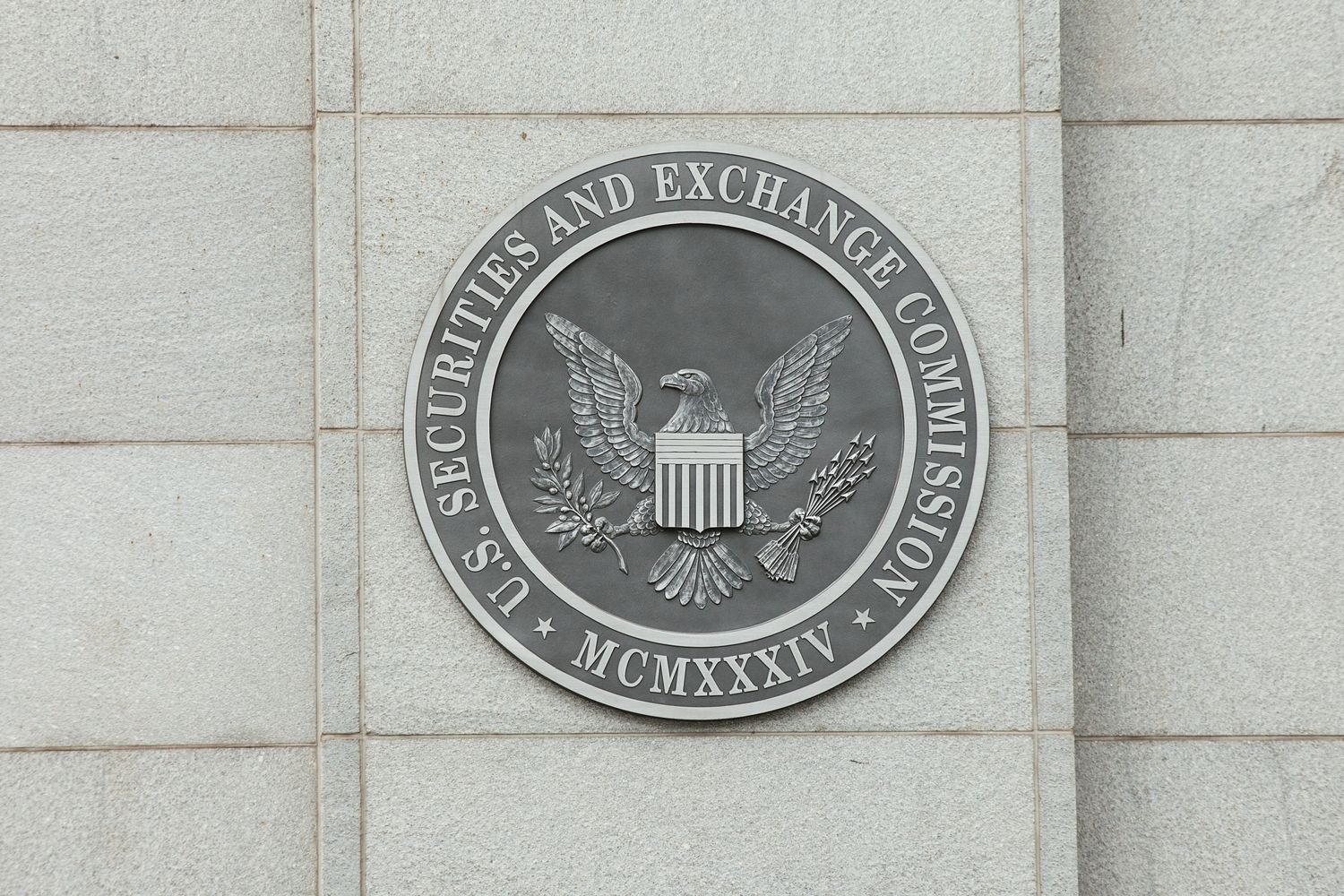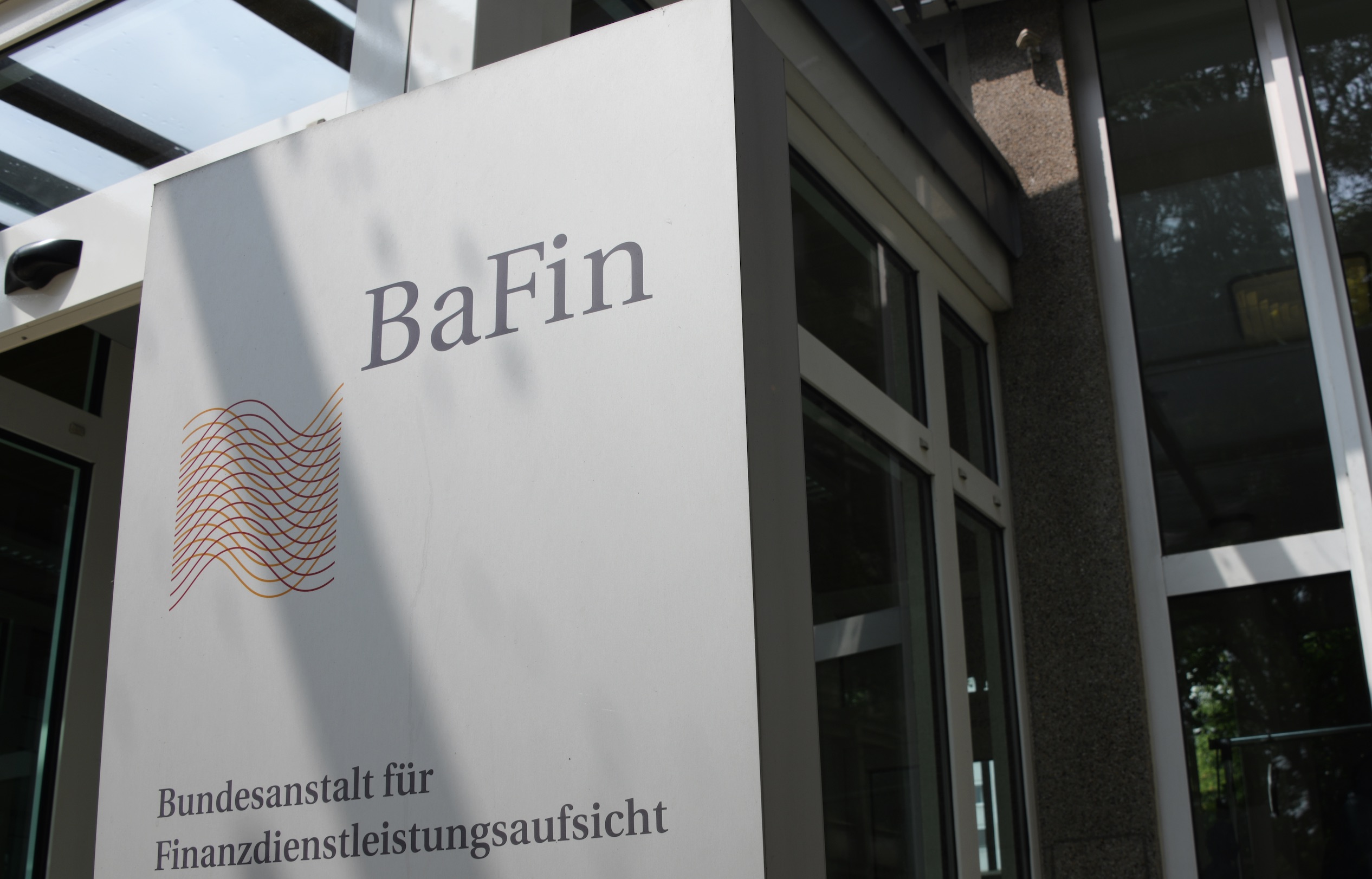Italy’s Leading Wire Service Is Using Ethereum to Thwart Copycats
ANSA’s blockchain system rolled out earlier this year, but still only accounts for about 80 percent of articles published to its own site. Ultimately, its backers hope it can be used across the internet. (Credit: praszkiewicz / Shutterstock)
Italy’s Leading Wire Service Is Using Ethereum to Thwart Copycats
Stefano de Alessandri, chief of Italy’s Agenzia Nazionale Stampa Associata (ANSA) newswire, had a problem in early April: Fraudsters were publishing fake COVID-19 articles that masqueraded as his.
These articles looked like ANSA’s. Riding on the branding of Italy’s largest wire service, they wove tales, mostly phony ones, of the Italian government’s coronavirus response. It was a threat to public information. Worse, it was an assault on ANSA’s perception of credibility.
“We had people calling us to say, ‘Why have you published this? Is this true? Are you sure?,’” de Alessandri said of the last three weeks. If readers fell for these stories he worried they might lose faith in the ANSA brand.
ANSA had its answer ready for launch: A blockchain registration system called “ANSAcheck” that stamps legitimate articles with traceable, irrefutable proof an article is among the 3,000 ANSA distributes to its 24 shareholder publishers and 87 news partners every day.
ANSAcheck, which uses the Ethereum blockchain to store this data, debuted on April 9 to combat fake coronavirus news.
Why a blockchain?
Though ANSA deployed ANSAcheck during the zenith of medical misinformation, it had begun designing the system a year before in partnership with Ernst & Young (EY). The hope was that a distributed ledger could be used to rebut the wider scourge of fake and copycat news stories.
ANSAcheck registers vital details including an article’s title, timestamp, content hash, ID and publication event on the Ethereum blockchain. It makes this information available through a little green graphic emblazoned at the bottom of nearly every newly published piece on the site.
Readers see this “story of the story” by clicking that ANSAcheck logo, and the true details by clicking through to the certificate, where the transaction’s Block Height, Transaction Hash, Block ID are stored. Most ANSA readers might not understand this jumbled mush of foreign tech concepts, but to those familiar with ethereum, these are the keys that prove the article’s legitimacy.
ANSAcheck attempts to lend credibility to an article’s claim origin. Take a recent piece on a regional governor who walked back his pandemic-era ban on home pizza deliveries. The published article’s green logo is the visual proof it was published on ANSA. A reader can click through to the landing page and accompanying certificate for more granular smart contract details. And the final link to the public register shows everything was recorded at a gas price of $.18.
ANSAcheck will ultimately port this information across the entire lifecycle of an newswire article and follow it through recognized third parties that repost articles from the newswire service.
“This is the first step to create a link between ANSA and a publisher in the same environment but the idea is to export the same properties applied on the ANSA website to the other publisher,” EY developer Giuseppe Perrone said during an April 22 webinar hosted by his firm.
Social media spread
ANSAcheck combats a fake news epidemic that preceded COVID-19 and is likely to persist long after the virus has faded away.
“There’s two things that have to happen in order to spread false information,” said Paul Brody, EY’s global blockchain lead. “Number one, you have to create fake information and, number two, you have to convince people to pass it on.”
Fraudsters will likely keep copying trusted news agencies as long as social media sites keep circulating these copycats with abandon. Their fake stories’ bombastic bent overwhelms natural skepticism, according to Brody. This creates a spread-ready article even more potent when delivered in the wrapper of a trusted brand.
So far, social media networks, whose business models largely center on keeping users continuously engaged, have been ineffective at stopping this spread. Forget about banning fake news content, which could face difficult legal hurdles. The sites only haltingly flag suspicious content and, as Brody puts it, are by design vulnerable to their users’ tendency to share.
Newswires such as ANSA, which distributes its 3,700 daily articles to reams of affiliate sites, are vulnerable, too. A site could claim its story is an ANSA story and the reader would have no easy way of spotting the lie.
“If we can start to engineer things in such a way that it’s easier to tell the truth than it is to send out something fake, that could be transformational,” Brody said.
Brody said ANSAcheck could be the foundation of that transformation.
Trust but verify
ANSAcheck’s blockchain does not and cannot verify the information enclosed in an article is the truth. As de Alessandri stressed to CoinDesk, it only documents an article originated from a certain site and was published at a certain time.
“We are not saying through this solution we aren’t publishing fake news, but we are saying to our readers that this story comes from ANSA,” de Alessandri said during the EY webinar.
That could still be enough to disrupt the chain of fake news stories that mine their credibility from the reputation of newswires like ANSA, according to Brody. In marking articles with a verifiable provenance, ANSAcheck creates a built-in means to check the source.
“We could make sure that each engine returned legitimate news at the top of the list,” said Brody. “Imagine if you had reputable news organizations that all had authenticity tools. We would be able to surface that data at the top of the list, and if somebody goes to search, it doesn’t matter what bubble they live in if what they see initially is from news organizations that are reputable and truthful.”
At the moment this more sweeping vision of a blockchain-based news is more goal than reality. The ANSAcheck pilot, not yet a month old, is limited to “80 or 90 percent” of ANSA’s articles, and its recognizable green stamp only appears on content native to their site. It’s not yet capable of spreading through the network.
De Alessandri is not as worried about the social media implications of ANSAcheck. During the EY webinar he said that protecting legacy media’s reputation is more immediately important in the system.
“It’s not the final solution, I think, but it’s a little step,” de Alessandri said during the webinar. “Any tools that we can apply to defend, to enlarge professional information is a benefit for everybody, not only for the people working in the media business but for democracy and for the people.”
Disclosure Read More
The leader in blockchain news, CoinDesk is a media outlet that strives for the highest journalistic standards and abides by a strict set of editorial policies. CoinDesk is an independent operating subsidiary of Digital Currency Group, which invests in cryptocurrencies and blockchain startups.









